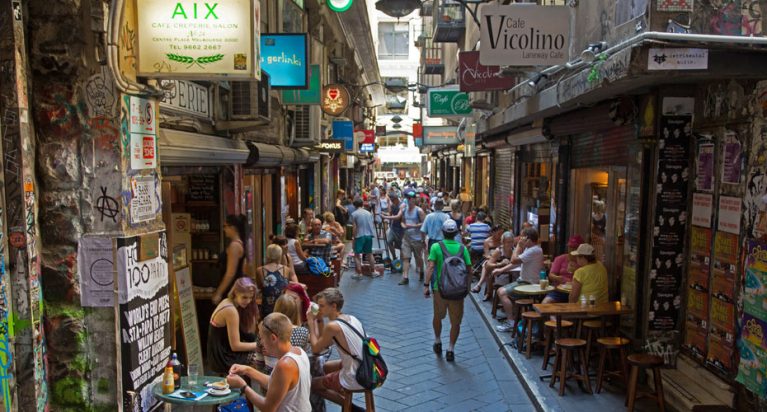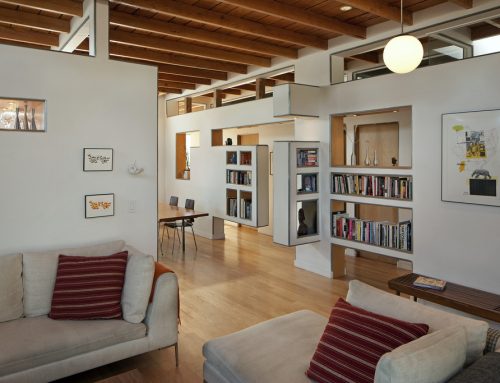You might have heard about a survey that came out a couple of weeks back ranking the world’s most “liveable” cities.
The survey from the Economist Intelligence Unit (EIU) has ranked Melbourne as the most liveable city in the world for the sixth year in a row, which is why you may well have heard about it – all your Melburnian friends share away with pride while everyone else rushes to prove them wrong. Regardless of what the surveys say though, the pros of each city remain the same: Melbourne has the cafes and the laneways, Sydney has the beaches and the weather, and Perth is 4,000 kilometres away from all those people who won’t stop going on about how wonderful Melbourne and Sydney are.
But before boasting about how well your city has ranked in the latest ‘livability’ report, take a moment to check what it’s actually based on.
We’re quick to judge the ‘best’ city on the number of varieties of coffee sold within a 100m radius of your home, but these surveys never really consider what it’s like to live there if you don’t have enough money to afford the latest orgnanic frappa-cappa-mocha-chai-latte.
Let’s take the latest EIU survey as an example. It looked at livability criteria such as public healthcare and education, but skimmed over other things like public housing, social welfare and inequality.
The city’s record number of homeless people probably wasn’t on the judges’ radar, and they wouldn’t have considered the fact that begging is illegal there.
It’s also pretty unlikely they were aware of the number of public housing residents on prime real estate in Sydney who are being evicted from their own homes to clear space for super-rich property investors who want to build luxury apartment towers to match their egos. And what about victims of domestic violence in the city’s west where the NSW government has defunded vital support services?
We saw the same shallow approach to research in Domain’s recent list of Sydney’s 10 most liveable suburbs, which revealed that the best places to set up home are a bunch of ultra-wealthy postcodes on the lower North Shore and in the Eastern Suburbs – are we really surprised?
Perhaps they should rename it “Sydney’s 10 most liveable suburbs if money is no object” or “for lottery winners” because for so many the price tags attached to these areas put them totally out of reach. Lavender Bay, for example, which took the top spot on the survey, has a median unit price of $870,000 and a one-bedroom flat there will set you back an average of $525 a week. That’s surely not most people’s idea of ‘liveable’.
While none of these problems are unique to Australia, we see examples of other countries reacting with solutions that show compassion and commonsense while we just try and sweep them under the rug, as if poor, homeless and vulnerable people are simply an unpleasant inconvenience.
Places like Redfern, Footscray, Kings Cross, St Kilda and Newstead are being “discovered” by wealthy investors and upwardly mobile homebuyers, causing prices to soar and forcing out the original residents who were the ones to shape the communities in the first place.
We’ve also seen the concept of “hostile architecture” creeping through our cities in recent years, as buildings and public spaces are designed specifically to keep people (especially the homeless) away.
An art centre in the Perth CBD caused nationwide controversy last year when it installed high-pressure hoses in its back alley to put homeless people off sleeping there at night. And there was the case of the mysteriously disappearing homeless population in Sydney ahead of the 2000 Olympics.
In stark contrast to this, we see many other big cities around the world dealing with these issues practically yet compassionately. In Paris, for example, the government buys apartments in gentrifying neighbourhoods and sets them aside for public housing so that low-income residents can still afford to stay in the area.
Bus shelters in Vancouver transform into homeless shelters at night. And the Housing First program in the US state of Utah, although some way off “solving” homelessness as some headlines have suggested, has made a huge difference by just providing permanent housing to those in need.
There is some light at the end of the tunnel for Australia though, as governments are starting to see that our cities should be a pleasure to live in for all residents, even those who need a helping hand.
For instance, the NSW government is pioneering a billion-dollar statewide social housing project which has had a positive reception from both housing experts and charity groups like Mission Australia.
And the Victorian state government’s new Rapid Housing Assistance program provides long-term housing to those who need it, following the Utah model.
Wouldn’t it be great if next year, the “best” city in the world was judged on the way it treats ALL its residents rather than the way it provides for the wealthiest?











